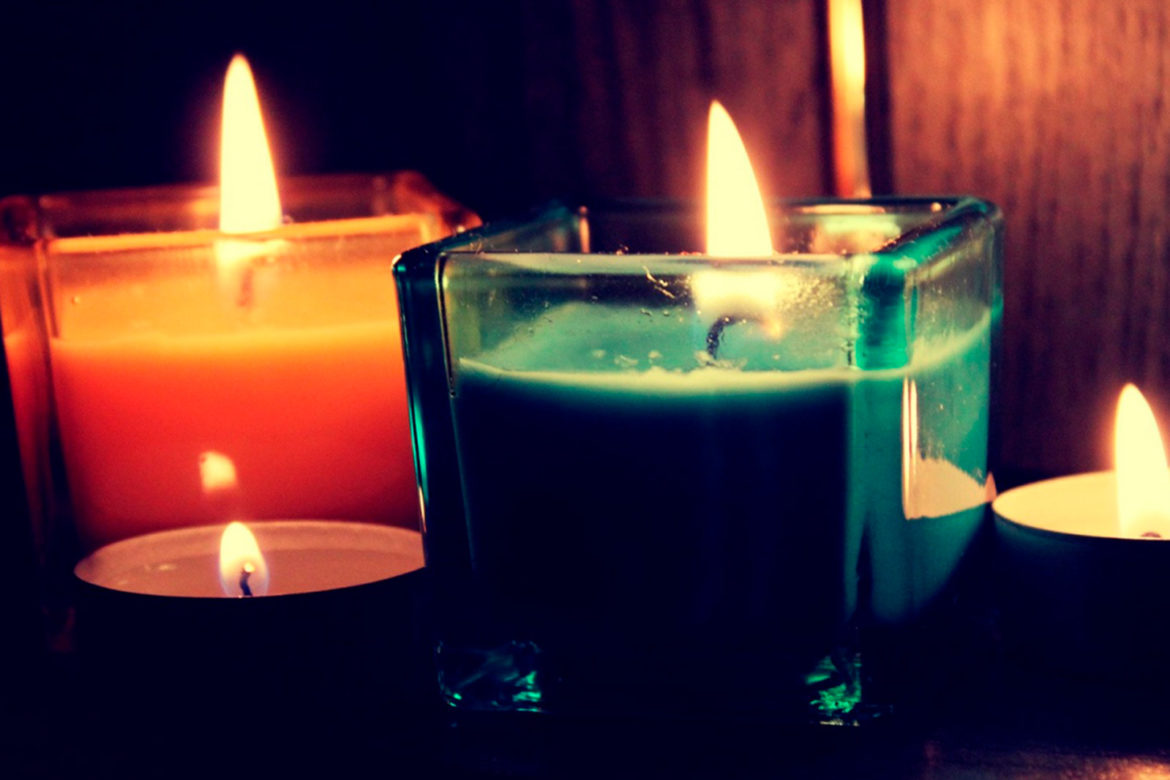Sensing of fragrance is very personal. Every person grows up surrounded by certain stimuli that they associate with fond or distressing memories. Who doesn’t smile (and perhaps begin to salivate in anticipation) when exposed to the scent of their grandmother’s cookies baking in the oven? And who does not recoil at the odour of a bag of rubbish left sitting for a week?
Each day most people are not aware of how much we use our sense of smell in our daily life.
However, there are many things that may affect the sense of smell. With a cold or allergies and inflamed paranasal sinuses, you may not that your sense of smell is not as refined in this situation.
You may not that your first impression of a fragrance is the strongest – this is normal! When smell receptors are saturated by a certain scent, we then have problems detecting it later.
How many times have you been near someone who seems to have bathed in perfume and wondered if they cannot smell how strong it is? The answer is no, they cannot, because they have become essentially immune to the scent – their smell receptors have been overloaded with that particular scent and they can no longer smell it.
It is known that pregnancy improves a woman’s sense of smell, and the theory is that it is vitally important for the survival of the human species that the mother knows which foods she must avoid, as they may be harmful.
The role of the brain in the perception of smell
The role of the brain in the perception of smell is also very important. Perhaps someone gives you a yellow candle but does not identify the scent it may have. Automatically, your brain expects a certain fragrance – perhaps a mixture of lemon or citrus fruits, perhaps a mixture of citrus fruits and flowers, perhaps a mixture of lemon and vanilla. But what if that yellow candle smells of blueberries? How do you think you would respond?
You would probably think that something was wrong because your brain was already expecting a fragrance of a preconceived group which your brain imagined based on the colour of the candle. Or perhaps your brain would go further and trick you into thinking that it is an exotic kind of lemon.
Olfactory memory
There is also the issue of memories of smells. Perhaps you have used the last of your favourite perfume, and purchase a new bottle.
You feel that you know this fragrance well because you have used it many times, but perhaps the day that you open your new bottle you feel that it does not smell the same as the old one.
You may have the impression that the manufacturer has changed the formulation. The only way to know this for sure would be to analyse the fragrance through gas chromatography and mass spectrometry, but the majority of us do not have access to this technology, so we depend on our memories of smells to guide us.
However, olfactory memory may be incorrect, as it is based on our (often vague) memory of the fragrance. The only way to compare two fragrances without a costly analysis is to put both fragrances on blotting paper and compare them side by side – and even this method must be handled with care.
Each blotting paper must be submerged in the same amount of the fragrance – if one fragrance covers more of the blotting paper than the other, the perception will be that one is stronger than the other.
The type of wick used in a candle may also affect the essence and how it spreads through a room, which we know well at Trenzados José Pla, having advised on this for over 30 years.
The next time one of your clients says, “This candle does not smell as strongly as the last one I purchased,” take into account that they may be right, or maybe not.


